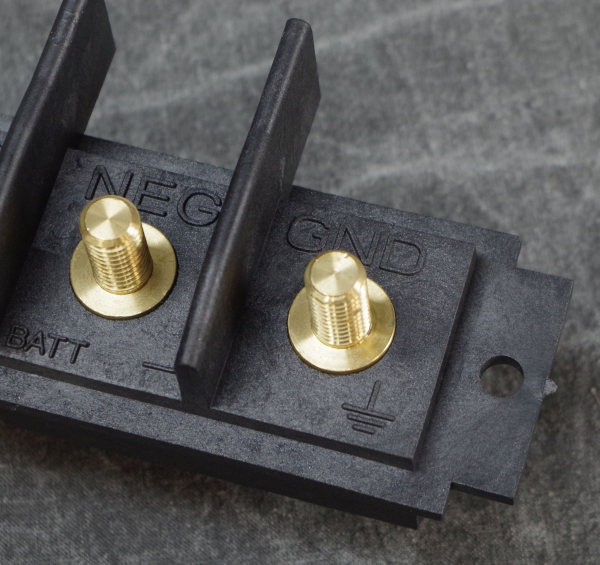Insert molding, is a procedure of molding in which a performed part often metal is used to mold thermoplastic material, to make a finished part that incorporates multiple materials. A typical process of insert molding is to include more than one metal insert in a thermoplastic part, while that part is to be made to some other part in an assembly. In this process, the inserts are kept into the mold and to form a part out of it, a thermoplastic is injected into the mold. In comparison to installing inserts into an already formed plastic part in a post-molding process, the use of insert molding rules out the need for secondary installation of inserts and thus reduces cost.
Insert molding parts and where are they commonly used?
Insert molding is usually used in a wide range of industries, which includes medical industries, automotive industries, consumer products, and electronic components. Other than that in everyday usage applications like electronic house knobs, electronic house dials, and handheld devices, cooking ware, household equipment, instruments, devices are the applications in which insert molding plays a role.
Materials used for insert molding
The inserts are usually made up of metal, brass, stainless steel, and aluminum. Mouldable thermoplastic resins are attuned with the insert molding process. The threaded inserts are easily available in many standard sizes. Simple metal forms, bushing sleeves are also used.
Insert molding process
In this process metals and plastics, are molded parts or materials, molded together into a single molding part. Highly advanced vertical molding machines are used to achieve the goal of high tolerance and to ensure the correct formation of plastic. It is also recognized by different names such as metal insert molding, over-molding, or screw/brass insert molding.
Benefits of insert molding
Within the process, plastics alone do not have the required mechanical properties to face the force, which is needed to fasten two parts together. Threads in plastic can be worn out due to regular usage, and hence result in a failed part. Metal inserts, assist in reinforcing the properties of the plastic and ensure correct fastening even after repeated usage of the part. Other benefits of the process are as follows-
- The process is flexible and can be customized according to the needs of a customer.
- Is available in many types of materials.
- Is perfect for low volume prototypes and full production runs
Guidelines to be followed while designing an insert molded part
Some guidelines which can be followed are-
- While, designing a part for insert molding, designing in undercut features can assist in improving the retention strength of the inserts, inside the molding part.
- It is necessary to make sure that insert is located in an accessible area of the mold.
- Ensuring that the inserts are not in too much depth within the part and have a way to be held in place within the mold, during the molding process.
- These all guidelines will help to ensure, successful results.
Insert molding process is in high demand, due to its flexible process and high-end results. It helps to accelerate the product development cycle.











